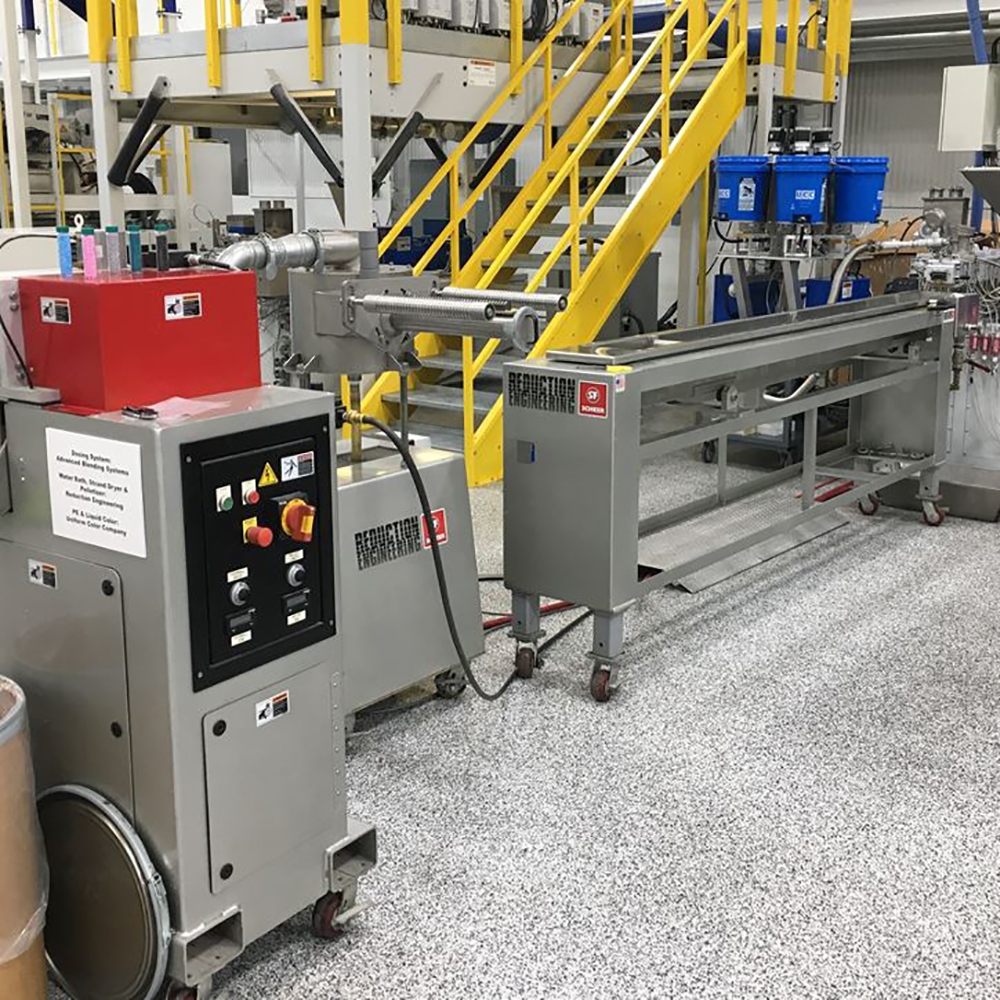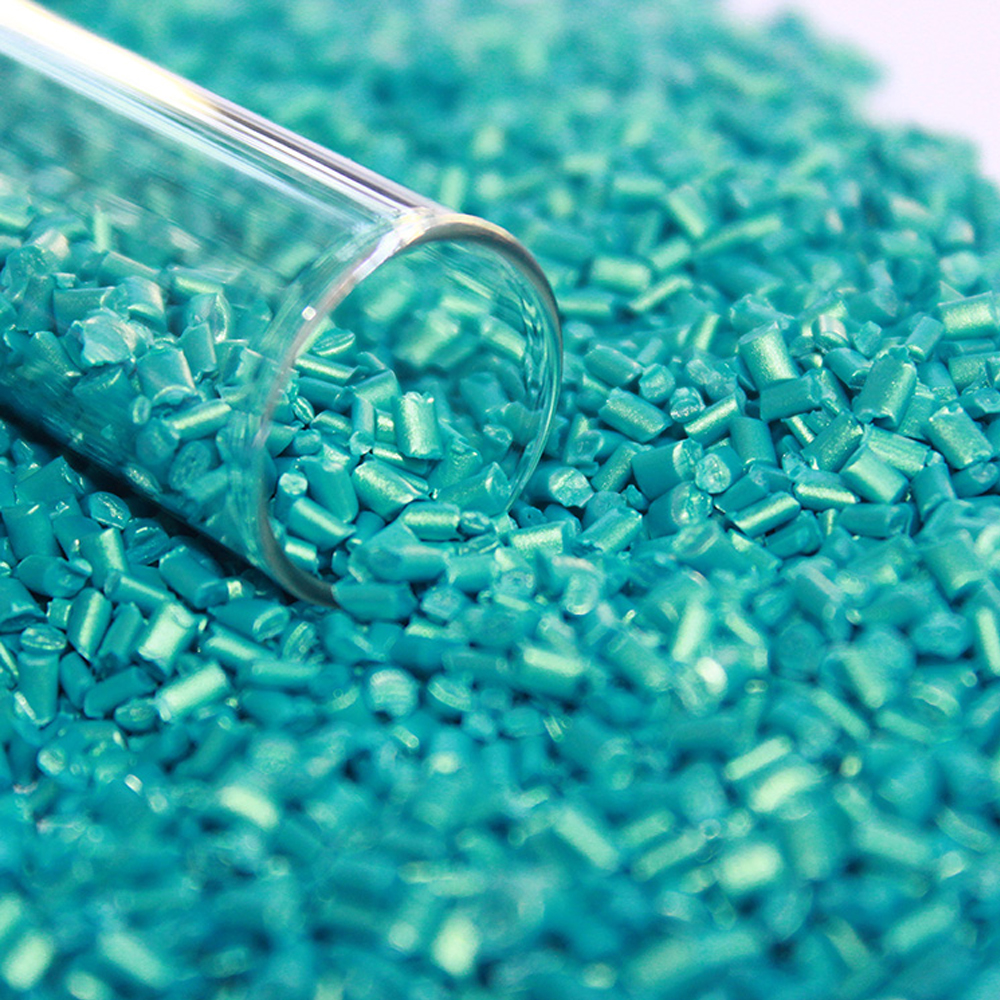
Masterbatch: Panduan Lengkap untuk Meningkatkan Pengilangan Plastik
Dalam pembuatan plastik moden, masterbatch memainkan peranan penting dalam mencapai sifat yang diingini dan daya tarikan estetik dalam produk siap. Sama ada digunakan untuk memberikan warna yang terang, meningkatkan prestasi bahan atau memenuhi piawaian khusus industri, masterbatch ialah penyelesaian yang amat diperlukan untuk mencapai hasil yang konsisten dan berkualiti tinggi.



